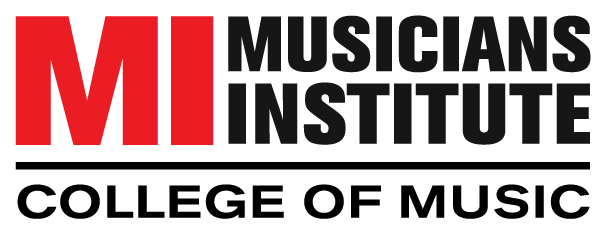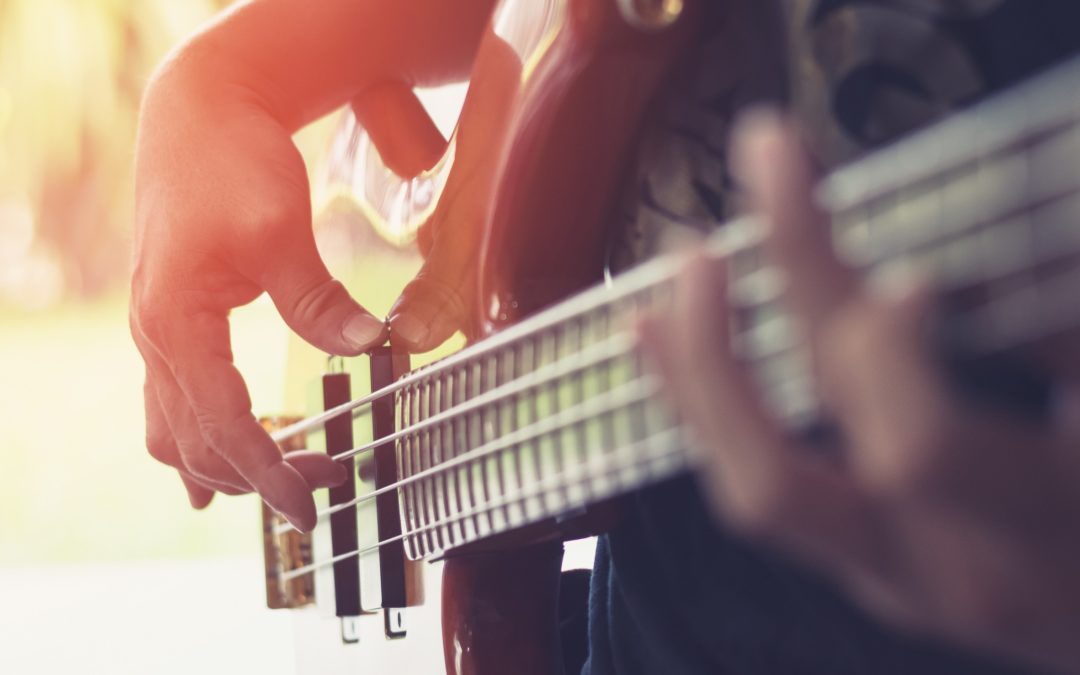The bass guitar is similar to your standard electric guitar, except it has a lower sound frequency. Traditionally featuring four strings, this iconic instrument was made famous during the 20th century by popular musicians everywhere. From James Jamerson to Bootsy Collins, the electric bass took music to new heights, exploring the possibilities of this new profound range of deep frequencies.
Where did the bass guitar originate from?
During the 1920s, George Beauchamp was looking for a guitar that could deliver a deeper and louder sound than the everyday guitar or string instrument. He needed something that had more depth and could maintain a lower pitch. He went on to invent the electric guitar, electric violin, and lap steel guitar.
Fast forward to the 1930s, the bass guitar was invented by Paul Tutmarc. He created a version of the double bass that was made to be played horizontally and had a look and feel of the bass guitar we know today. Only 100 were made during the 1930s. Different prototypes and models of the bass guitar continued to pop up throughout the 30s and the 40s.
The first electric bass guitar was invented by Leo Fender and marketed in the United States at the beginning of the 1950s. This model became the popular and commercialized version of the electric bass guitar that became widely used in 20th-century music.

Blog Post
"*" indicates required fields
By submitting this form, I authorize Musicians Institute (MI) to make or allow the placement of calls, emails, and texts to me at the phone number that I have provided, including through the use of automated technology, or a prerecorded or artificial voice. I understand that I am not required to provide my phone number as a condition of purchasing any property, goods, or services. I agree to the terms of MI’s Privacy Policy. MI will not sell or rent your information to third parties, and you may unsubscribe at any time.
Historically, there are two types of bass guitars. The solid-body electric bass guitar and an acoustic version with a hollow body. The electric bass has heavy strings and is tuned to a low pitch. Before the creation of the bass guitar we know today, bands would rely on a massive, double bass instrument that looks similar to a cello.
The double bassist was a popular instrument that originated during the 15th century in Europe. These were hard to transport and were too quiet for certain genres to achieve the sound they were looking for. Because of the need for a louder instrument with a lower pitch that could compete with the electric guitar, the bass guitar was born and rapidly gained popularity across all genres of music.
The Bass Guitar In Music: 1950s to Present Day
The bass guitar became more popularized by Leo Fender and it started to have a significant impact on pop culture and music.
One of the first individuals to perform with a bass guitar was a jazz artist named Monk Montgomery in the late 1950s.
In 1961, the 4001 model was released by Rickenbacker. This is the famous electric bass guitar that was used by Paul McCartney, bass player of The Beatles.
The bass guitar continued to transform and take shape and became more widely recognized by bands in the 1970s through to the 90s. Jazz and rock bands everywhere were trading in their traditional upright bass and going electric. This shift was happening in almost every genre.
Going electric was a movement that was fueled by the creation of the electric bass guitar. Not only was the sound more appealing for modern-day music, but it was also easier to transport and had a larger tone variety compared to the double bassist.
From funk music to hip hop, artists everywhere were finding a way to invite the unique sounds of the bass guitar into their music. Not only that, but the bass guitar was center stage, taking the world by storm with its low, solid-bodied tune. Jazz bands included bass guitar solos in their songs. Rock bands were using them to help elevate the sounds of percussion.
From the 1970s to the 1990s, the bass guitar was tweaked and modernized to fit the needs of the evolving music industry. New genres started to emerge that were utilizing the bass guitar to the best of their ability. From slap bass to disco, the bass guitar was changing the music industry in new and exciting ways.
Now, the bass guitar is an integral part of any band. You can hear the deep sounds of the bass in your everyday pop, hip-hop, funk, or metal song.
If you’re interested in taking your passion for the bass guitar to the next level, we offer a wide variety of programs that were made to sharpen your skill set and help you hone in on your talents. We have an in-person bass program and an online version that can help you improve your skills for any given genre.
We’re here to help you explore your talents and provide you with the technical training needed to take your love for the bass guitar to new heights. Contact us today to learn more.

